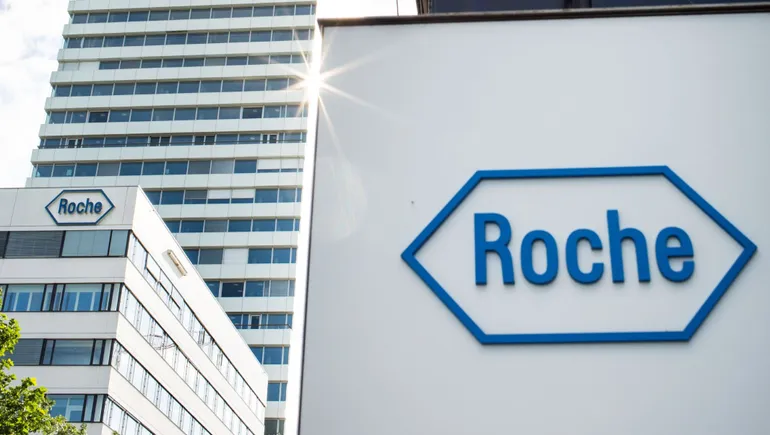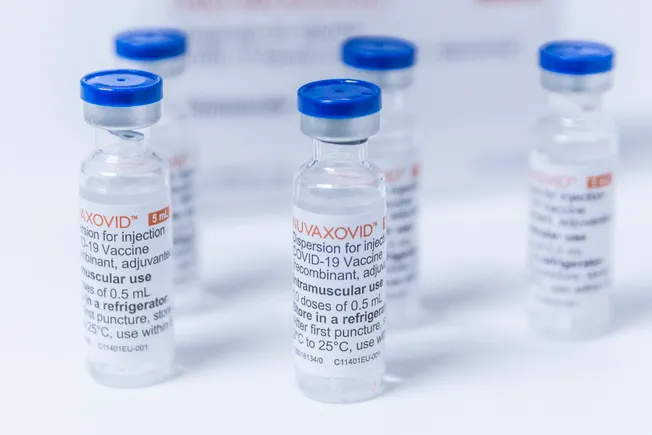Interphase‐Regulated Room‐Temperature Sodium‐Sulfur Batteries Enabled by a Nonflammable Dual‐Functional Electrolyte
Advanced Energy Materials, Volume 15, Issue 13, April 1, 2025.

The nonflammable dual-functional ionic liquid electrolyte (IL-FE) shows great potential in room-temperature sodium-sulfur batteries. On anode side, the IL facilitates the smooth and dense SEI formation. On cathode side, an inorganic-dominated CEI is formed via the unique nucleophilic substitution of FSI-/TFSI- and FEC with long-chain Na2Sx and guarantees the solid–solid transformation (S8-Na2S), promoting an exceptional electrochemical performance of S@C||Na cell.
Abstract
Room temperature sodium-sulfur (RT Na-S) batteries have attracted significant attention due to their abundant material reserves, low cost, and high theoretical specific capacity. However, the inherent problems of electrodes and complex interfacial reactions hinder the practical applications. In this study, a nonflammable dual-functional ionic liquid-based electrolyte is developed, which can form an inorganic-rich solid electrolyte interphase on the surface of sodium-metal anode, effectively improving the sodium deposition behavior and inhibiting dendrite growth. Meanwhile, the unique synergistic effect of FSI−/TFSI− and fluoroethylene carbonate (FEC) in nucleophilic substitution with sodium polysulfides are harnessed to modulate a solid-solid (S8-Na2S) transition, resulting in the formation of a stable cathode electrolyte interphase (CEI) enhanced with NaF spheres. Consequently, the generation of polysulfides and interfacial side reactions are effectively suppressed by the solid-solid transition mechanism under CEI protection. Therefore, by optimizing the multi-component electrolyte, the S@C||Na cell exhibits high capacity, extends lifespan, exceptional rate performance, and enhances safety, showing a specific capacity of 565 mAh g−1 after 500 cycles at 0.2 A g−1. The utilization of this novel electrolyte holds great potential in RT Na-S batteries, enabling enhanced electrochemical performance and safety.










































































































































































.jpg)






